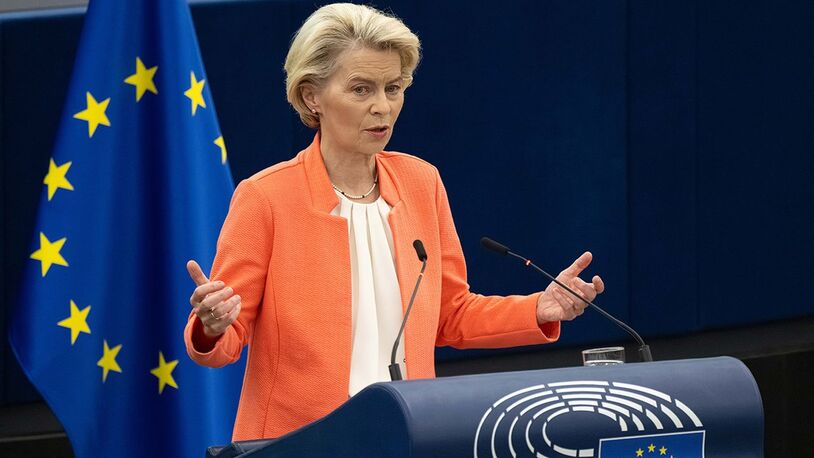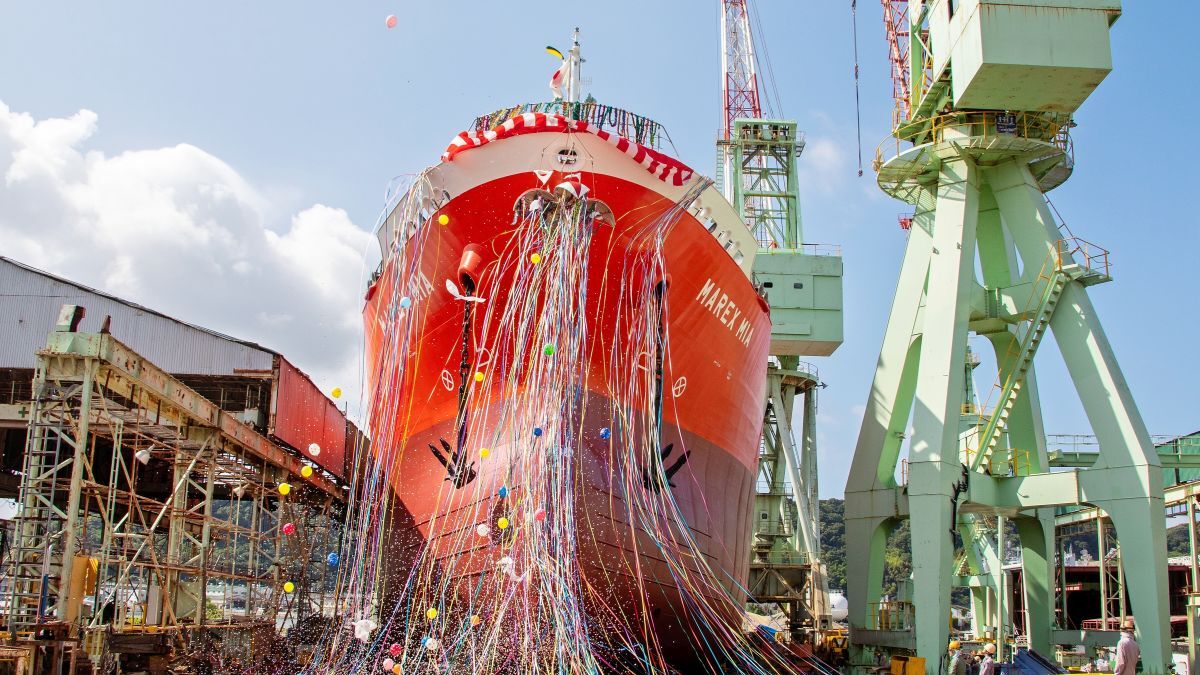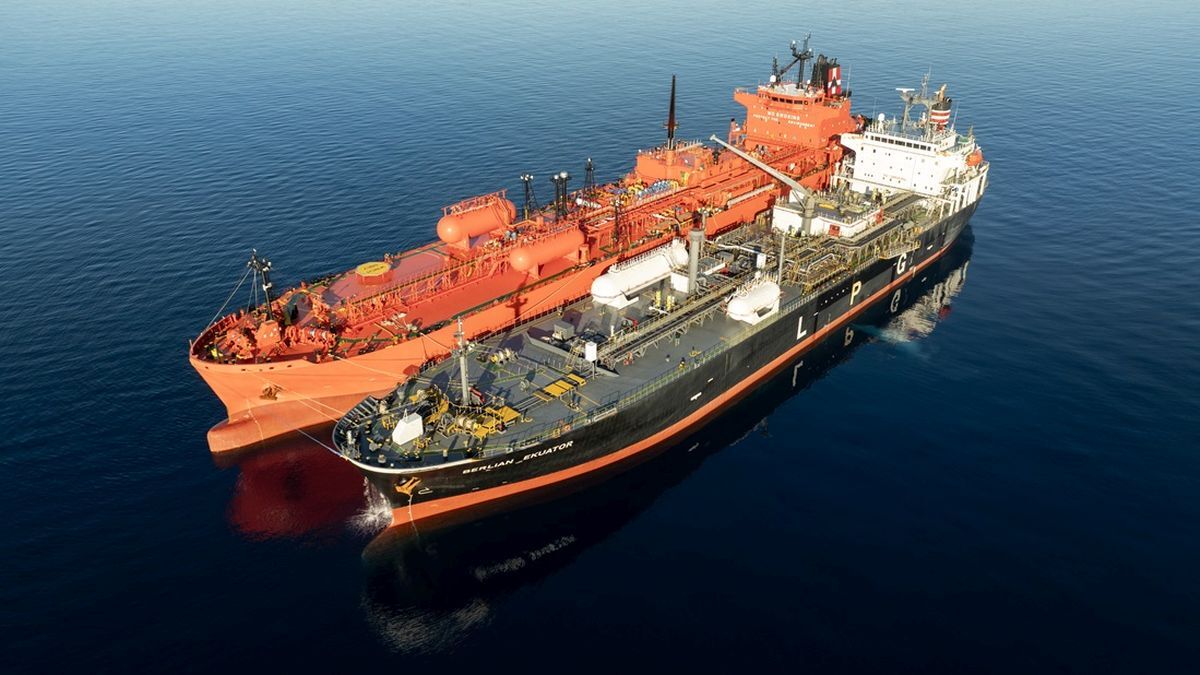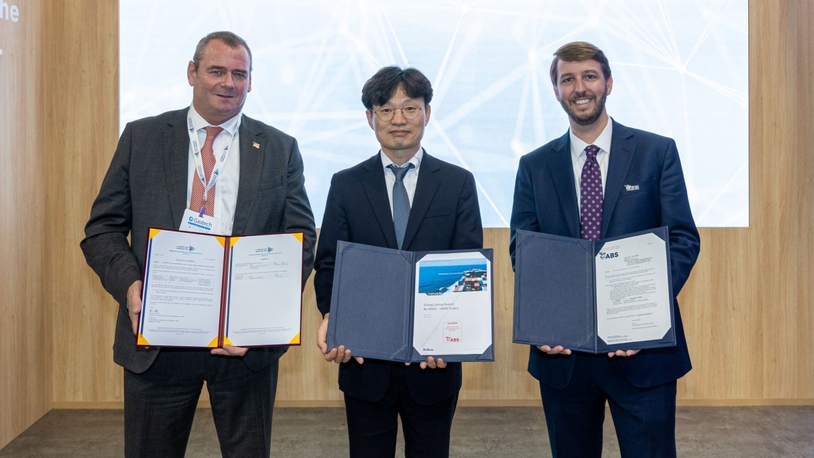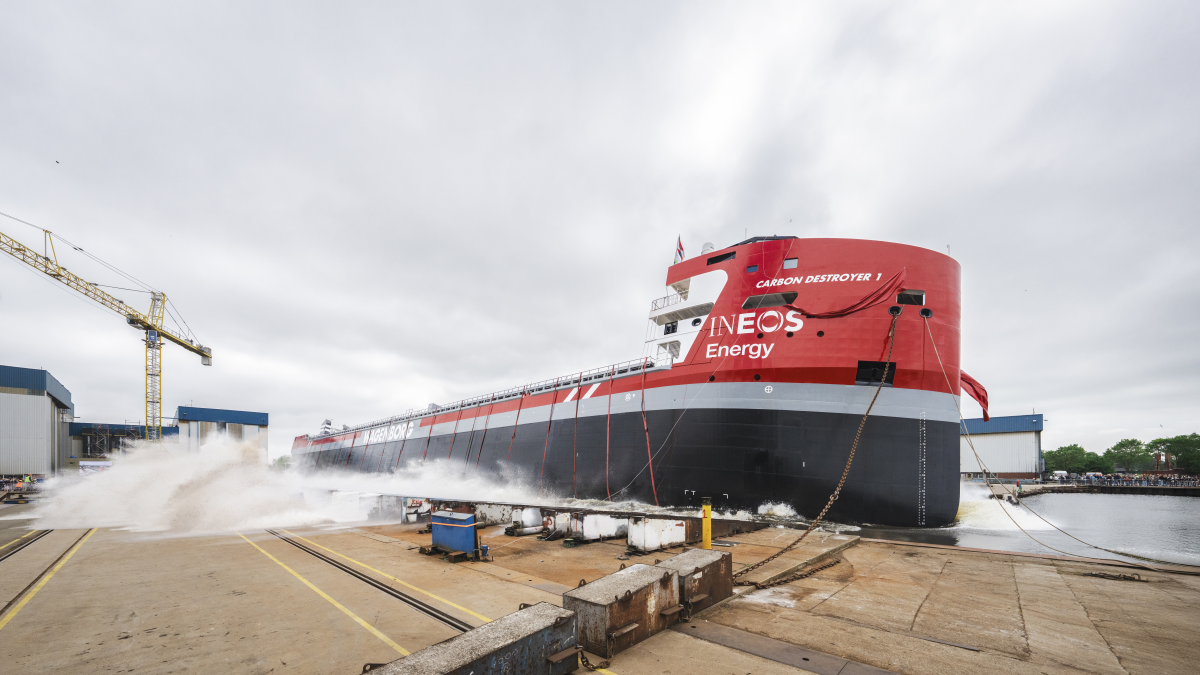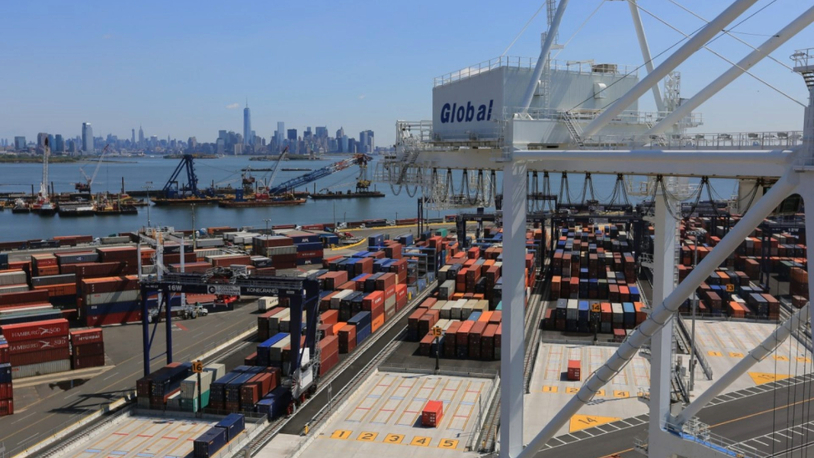Business Sectors
Events
Contents
Register to read more articles.
Beyond compliance: why Ardmore sees AI as a competitive advantage
Ardmore Shipping is treating AI adoption as a core strategy, not just a regulatory necessity
Ardmore Shipping’s adoption of artificial intelligence (AI) for voyage and vessel performance optimisation is not driven by regulation. For the tanker company’s director, innovation, Garry Noonan, the use of machine learning tools is an essential part of the company’s strategic direction. “We are not doing this just to be normal. We are doing this to be better than we were yesterday,” he said.
The company’s approach is rooted in a clear business rationale: AI systems help improve operational efficiency, reduce emissions, and deliver commercial gains. “We aimed to leverage AI-driven insights to meet the goals of our energy transition plan, while also driving the business forward,” said Mr Noonan. What started as a technical exploration has become a core feature of the company’s operations.
“We see it now as a competitive advantage,” he said, but he is equally clear that the window for such an advantage is narrowing. “We do see that changing very quickly in the future to a negative competitive disadvantage if you do not have it, and I think that is how strongly we believe in it.”
The systems Ardmore has introduced include Pythia, an AI-powered voyage optimisation tool developed by DeepSea Technologies, and Albis marine performance’s Hybrid intelligence service, a solution focused on vessel performance analytics. Pythia uses deep learning to analyse and recommend routing and speed adjustments. “The DeepSea technology looks at the voyage optimisation, so the speed along the route,” Mr Noonan explained. “Then the Albis system looks at the vessel’s performance while doing that.”
While Albis reflects the more traditional method of performance monitoring, it has been enhanced through AI to improve speed and accuracy. The result is a dual system that offers both immediate operational suggestions and historical insight.
“There will always be an initial resistance until you can prove the benefits”
One of the most practical benefits of machine learning over traditional methods is that it allows for dynamic decision-making based on real-time data. “With traditional methods, we would have to rely heavily on historical data and post-hoc adjustments,” said Mr Noonan. “AI-driven solutions can adapt to fluctuating factors, such as weather conditions and market trends, providing a more accurate and timely recommendation.”
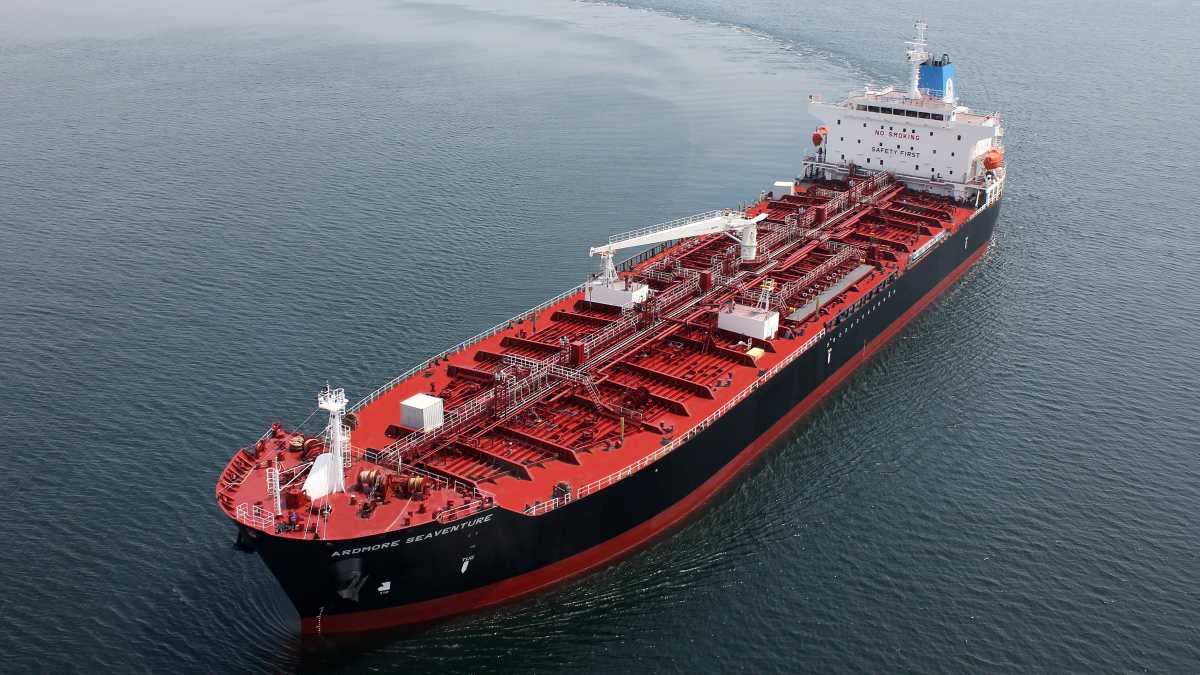
In shipping, any claimed advantage must ultimately be expressed in fuel figures. Ardmore trialled DeepSea’s voyage optimisation tool on the tanker Ardmore Seahawk and recorded up to 10% savings on main engine fuel consumption. Mr Noonan noted that results vary by voyage, depending on weather and sea state, but the average saving from that trial remains a persuasive data point: “It is not small figures. It is incredible savings you can get.”
These outcomes were not without their challenges. Mr Noonan said one of the main issues has been the volume of software options on the market. “There’s an incredible number of systems on offer, and a lot of times these systems fix one problem. So, you end up having to buy multiple solutions.” Ardmore has responded by focusing on integration. “We pride ourselves on integrating various solutions together to get synergies across systems that may not be readily available to others.”
However, the technological integration was not the most difficult step. Bringing crew and onshore staff along with the change required time and effort. “There will always be an initial resistance until you can prove the benefits,” he said. “But once people see the benefits for themselves, in their day-to-day activities, you can see the light switch on.”
Mr Noonan contrasted the experience of implementing AI with the rollout of ballast water treatment systems, which have often been regarded by seafarers as a burden imposed by regulation. “The great thing about this is we are pioneering something. We are not doing it because we have to. And I think when people see the positive benefits ... that is the key thing. It is about improving every day.”
Although Ardmore is focused on tanker operations, the underlying logic of its approach is applicable across vessel types. “That is one of the positives of software as a service. It is quite easy to roll out now,” said Mr Noonan. The company has over a decade’s worth of high-frequency data, which provides a foundation for AI modelling, but he acknowledged that useful outcomes can still be achieved with more conventional noon-report data.
Mr Noonan believes wider adoption across the sector will drive improvements in the software itself. “The more people that use this kind of technology, the better it will get. We are only scratching the surface of what AI can do.”
He dismissed the idea that direct regulation of AI in shipping is on the horizon: “There is no moral ambiguity here or ethical questions. This is about helping your ships to be more efficient.” However, he acknowledged that IMO and EU regulatory targets are pushing companies towards improved efficiency, and that AI is one way to achieve those goals.
Ardmore’s strategic orientation around AI is supported by its organisational structure. The company has formed a dedicated innovation team, led by Mr Noonan, which includes members from across departments. “That way, we have every stakeholder in the meeting from inception, so that everyone has a voice.”
This cross-functional approach enables Ardmore to implement changes quickly. “We are in the lucky position of being able to move swiftly,” he said, referring to the company’s size and internal communication: “To get from idea inception to execution is quite swift for us.”
Mr Noonan’s own path into digital innovation began in ship operations. He spent 11 years at sea with BP Shipping, came ashore with Ardmore as a superintendent, and later became a technical manager. Energy efficiency started as a side project but eventually took over his desk. “As legislation ramped up and as the world of decarbonisation ramped up, it slowly but surely became more and more the middle of my desk.”
His background lends a practical tone to his reflections on AI’s place in shipping. Physical retrofits to hulls or propulsion systems require major planning, co-ordination with charterers, and may only be viable at drydock. In contrast, AI tools can be deployed and removed with far less disruption. “It is a lot easier to try on something when you know you can take it off quite easily if it does not work,” he said.
Looking ahead, he sees digitalisation and decarbonisation as interdependent: “I firmly believe decarbonisation and digitalisation go hand in hand. You will not reach your decarbonisation goals without it.”
For Ardmore, AI is no longer an experiment. It is a tool to help the company reach the next level of performance. As Mr Noonan put it: “We want to be better than we were yesterday.”
Related to this Story
Events
Offshore Support Journal Conference, Americas 2025
LNG Shipping & Terminals Conference 2025
Vessel Optimisation Webinar Week
© 2024 Riviera Maritime Media Ltd.



